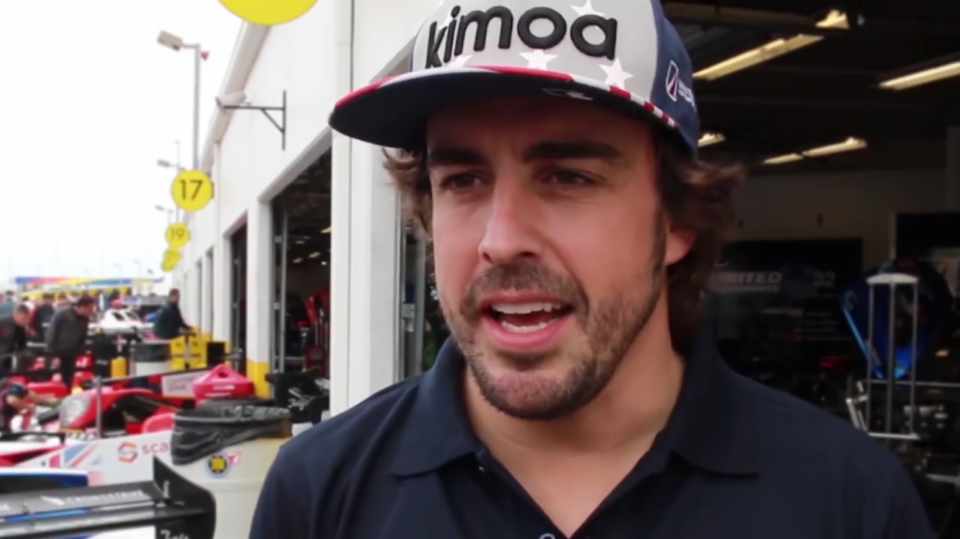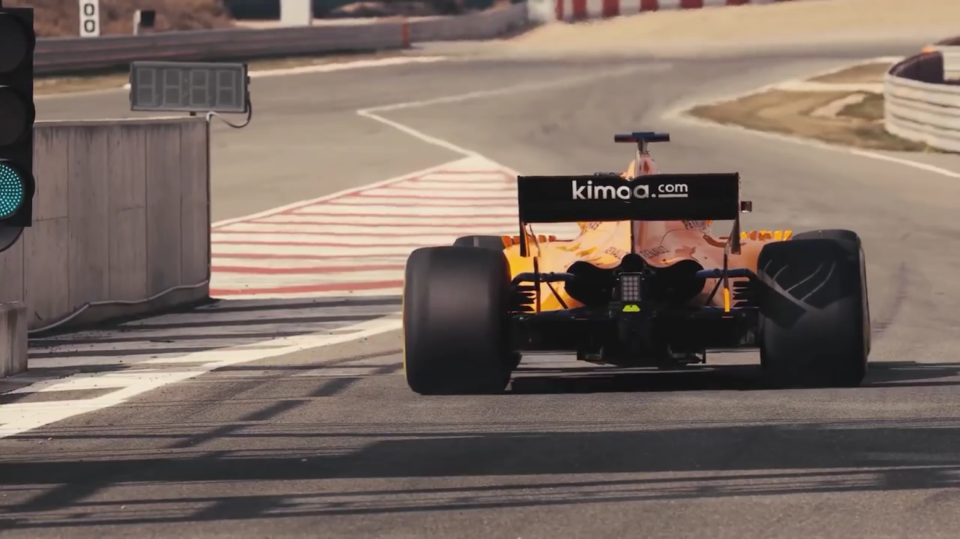The two-time world champion has seen more from motorsport than most of his peers, sweats racing, and seems to have little else which drives him in life. As one of the few modern F1 drivers who have ventured outside the rarefied air of the sport and into both the Indy 500 and sports car racing, it’s fair to say he gives a genuine answer when a journalist asks them about racing sans-politics, and with a lifetime of experience to share, Alonso offers a few nuggets of wisdom for the aspiring racer.
1. Have Fun
Some might roll their eyes at this heading, but there’s a surprising amount of truth in that statement. Racing is primarily driven by passion—few aim to make their living racing cars—but even the casual weekend warriors have to contend with the expenses, the danger, and the stresses of racing. For those who have serious dreams and a possible little-league father badgering them every step of the way, it’s easy to lose drive over time. Though it might seem silly to try and enjoy racing, it’s not as hard to take racing too seriously as some might think. Focus on the fun.
2. Learn Karting
I’ve spoken on the merits of karting so much that certain friends hesitate to bring the topic up around me. Simply put, there is no other avenue of motorsport that will convey the same teachings for a relatively low price. Additionally, it’s fun, it’s accessible, it’s taught in close quarters, and it’s physically demanding. Because of all these benefits, “your skills increase much quicker,” says the Spaniard. At the earliest stages of a racing career, when seat time is most important, karting is the way to go.
3. Learn High-Speed Corners
High speed corners require a level of sensitivity, faith, commitment, and a generous helping of gusto that slower corners don’t. The best always excel in the faster corners, and while slower corners are important, the best eke out their margins in the faster sections.
4. Get Comfortable With Passing
It pays to keep a cool head when dicing in close quarters. To familiarize yourself with the level of grip off-line, recognize an actual passing opportunity, and learn to grow comfortable when driving inches from one another, practicing passing with a friend pays off. When there’s a prize on the line and rival drivers will defend aggressively, having some familiarity with the rules of combat will reduce the chances of an incident—and make you a force to be reckoned with.
5. Starting Strong
Some people lose their calm during the start of the race, and it’s understandable why. With twenty-odd drivers rolling inches from the next guy, chomping at the bit, and standing to make up for a poor qualifying performance, it’s easy to misjudge the start. Practicing starts and learning techniques to keep a cool head go a long way.
6. Practice With Simulators
To learn the characteristics of a car, familiarize yourself with a circuit and accustom yourself with working with an engineer, spending time in the simulator is important. Even IndyCar drivers spend some time in the simulator to freshen up for a serious challenge.
7. Learn to Work With Engineers
For better or worse, modern racing is shaped and driven by the computer. If a driver aims to become their best and improve their chances, they will learn how to read telemetry, thoroughly understand how the systems in modern cars work, and how to articulate all their issues to the man in front of the computer screen. It’s not a demand that drivers of old had to wrestle with, but it is what helps separate the great from the also-rans in the current tech-laden era.























